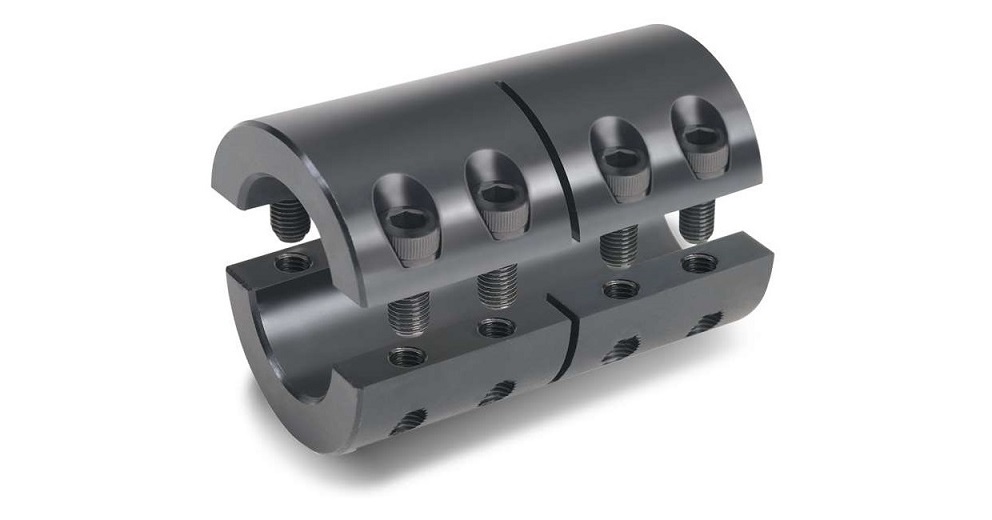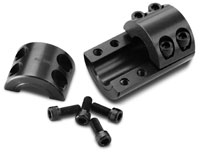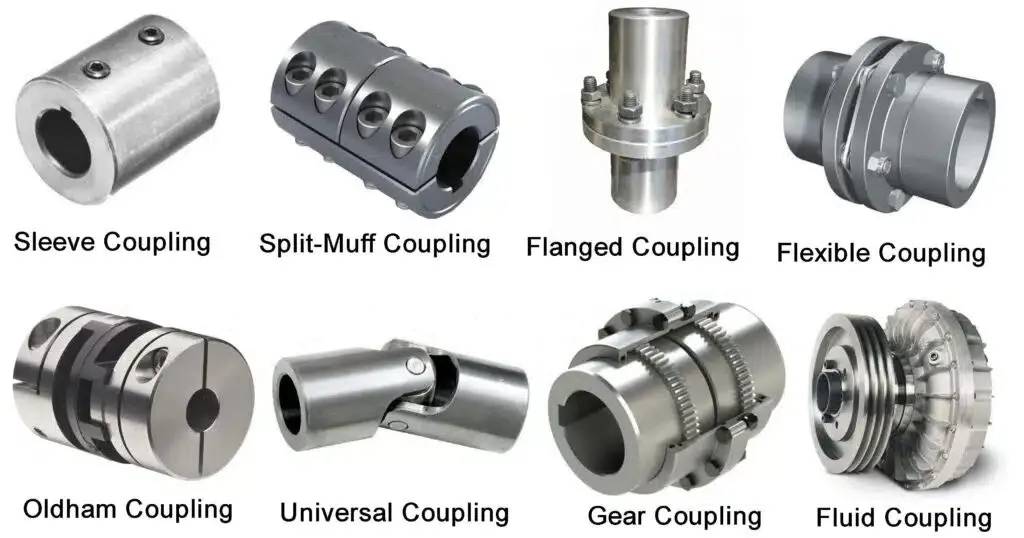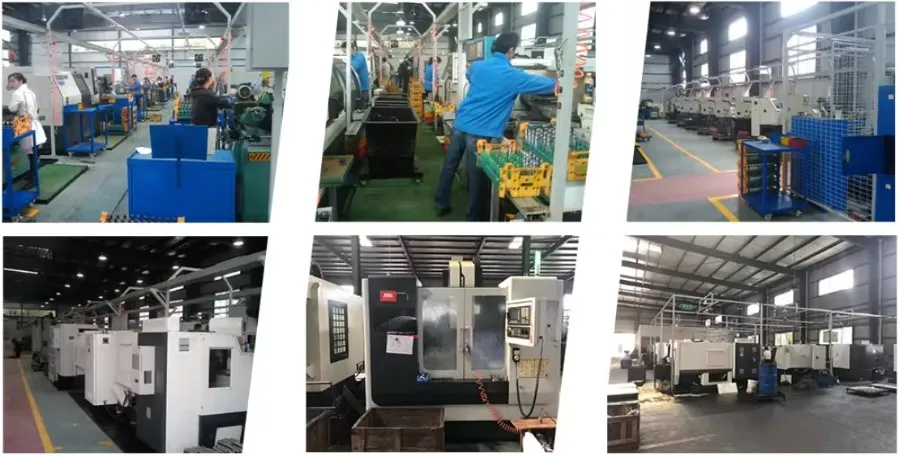Mechanical Coupling for Dairy Processing
Introduction to Mechanical Coupling
Mechanical coupling plays a pivotal role in dairy processing, ensuring seamless and efficient transmission of power and motion between different machinery components. This article delves into the complexities and applications of mechanical couplings within the dairy industry.
The Importance of Mechanical Coupling in Dairy Processing
Efficient dairy processing hinges on the reliability and performance of mechanical couplings. These devices facilitate the smooth transfer of torque, accommodating misalignments and reducing the risk of machinery downtime.
Types of Mechanical Couplings Used in Dairy Processing
Various types of couplings, such as flexible, rigid, and fluid couplings, are employed in dairy processing to cater to different operational requirements and machinery configurations.
Flexible Couplings: Ensuring Adaptability
Flexible couplings are essential in dairy processing due to their ability to handle misalignments and absorb shock loads, protecting both the machinery and the processed products.
Rigid Couplings: Providing Stability
Rigid couplings offer high torque transmission capabilities and are used where precise alignment is required. They ensure stable and accurate motion transfer between connected shafts.
Fluid Couplings: Enhancing Efficiency
Fluid couplings are known for their smooth torque transmission and are particularly useful in applications requiring controlled start-up and load damping, common in dairy processing environments.
Key Features of Mechanical Couplings
Mechanical couplings in dairy processing must possess features such as high torque capacity, misalignment accommodation, vibration damping, and ease of maintenance to ensure optimal performance.
Material Selection for Dairy Couplings
The choice of materials for mechanical couplings is crucial. Stainless steel is often preferred for its corrosion resistance and ability to withstand harsh cleaning agents used in dairy processing.
Installation and Maintenance Best Practices
Proper installation and regular maintenance of mechanical couplings are vital to their longevity and performance. Techniques such as alignment checks and lubrication schedules contribute to efficient operations.
Common Challenges and Solutions
Challenges such as misalignment, wear and tear, and vibration can impact the performance of mechanical couplings. Solutions involve using advanced coupling designs and implementing regular maintenance routines.
Case Study: Mechanical Couplings in Dairy Processing Plants
Examining real-world applications, we explore how leading dairy processing plants leverage mechanical couplings to enhance efficiency, productivity, and machinery life.
Innovations in Mechanical Coupling Technology
Technological advancements in coupling design and materials are driving improvements in performance and reliability, making modern couplings more efficient and durable than ever before.
Sustainability and Mechanical Couplings
Sustainable practices in the dairy industry are supported by the use of efficient mechanical couplings, which help reduce energy consumption and minimize environmental impact.
Choosing the Right Coupling for Your Dairy Processing Needs
Selecting the appropriate mechanical coupling involves understanding the specific requirements of your dairy processing operations, including torque, speed, and environmental conditions.
The Future of Mechanical Couplings in Dairy Processing
The future of mechanical couplings in dairy processing lies in continual innovation and adaptation to new technologies and processing methods, ensuring ongoing improvements in efficiency and reliability.

How does a mechanical coupling work?
A mechanical coupling connects two shafts together, enabling the transfer of rotational power and motion. It compensates for minor misalignments and dampens vibrations, ensuring smooth and reliable machinery operation.

How do I choose a mechanical coupling?
Choosing the right mechanical coupling involves considering several critical parameters:
- Torque Requirements: Determine the maximum torque the coupling will need to transmit to ensure it can handle the load without failure.
- Speed: Evaluate the operational speed of the application to select a coupling that can maintain performance without degradation.
- Misalignment: Assess the types and degrees of misalignment (angular, parallel, and axial) that the coupling must accommodate to prevent undue stress on machinery.
- Environmental Conditions: Consider the operating environment, including temperature, humidity, and exposure to chemicals, to choose materials that will withstand these conditions.
- Maintenance Needs: Select a coupling with maintenance requirements that fit your operational capabilities and schedules to ensure long-term reliability.

What are the classification of couplings in mechanical engineering?
Mechanical couplings are classified into several types based on their design and function:
- Rigid Couplings: Provide a solid connection between shafts with no flexibility, ideal for precise alignment.
- Flexible Couplings: Allow for misalignment and absorb shock loads, suitable for general industrial applications.
- Fluid Couplings: Use hydraulic fluid to transmit torque, offering smooth and controlled power transfer.
- Magnetic Couplings: Use magnetic fields to connect shafts, providing a contactless and wear-free connection.
- Universal Joints: Allow for significant angular misalignment, used in applications where shafts are not collinear.
HZPT: Your Expert Partner in Mechanical Couplings
HZPT, located in Hangzhou, Zhejiang Province, is a modern enterprise integrating research and development, learning, production, and foreign trade. We uphold the core values of the company, with “integrity” as our business philosophy. We are committed to unity, progress, and innovation. Our high-tech development, international trade, industrial investment, and domestic and foreign networks form a comprehensive business environment focused on coupling product research and innovation. Our business spans Asia, Europe, Africa, and North America, steadily moving toward the vision of becoming an internationally influential enterprise group.

Why Choose HZPT Mechanical Couplings?
We specialize in the production of various mechanical couplings, including drum couplings, spring pin couplings, serpentine spring couplings, universal couplings, star couplings, expansion couplings, diaphragm couplings, and tire couplings. Here are five compelling reasons to choose our products and services:
- Comprehensive Quality Management System: We adhere to a rigorous quality management system, ensuring each product meets the highest standards.
- Advanced Research and Development: Our dedicated R&D and testing departments constantly innovate to deliver cutting-edge coupling solutions.
- Global Reach: Our extensive network and international trade expertise allow us to serve customers across multiple continents effectively.
- Certified Excellence: We hold certifications such as CQC, ISO, and CE, which attest to our commitment to quality and reliability.
- Exceptional Customer Support: We provide excellent sales service and technical support, fostering long-term partnerships and customer satisfaction.
We serve over a hundred cooperative enterprises, adhering to the “people-oriented, customer-first” business philosophy, working sincerely with customers for mutual development.
